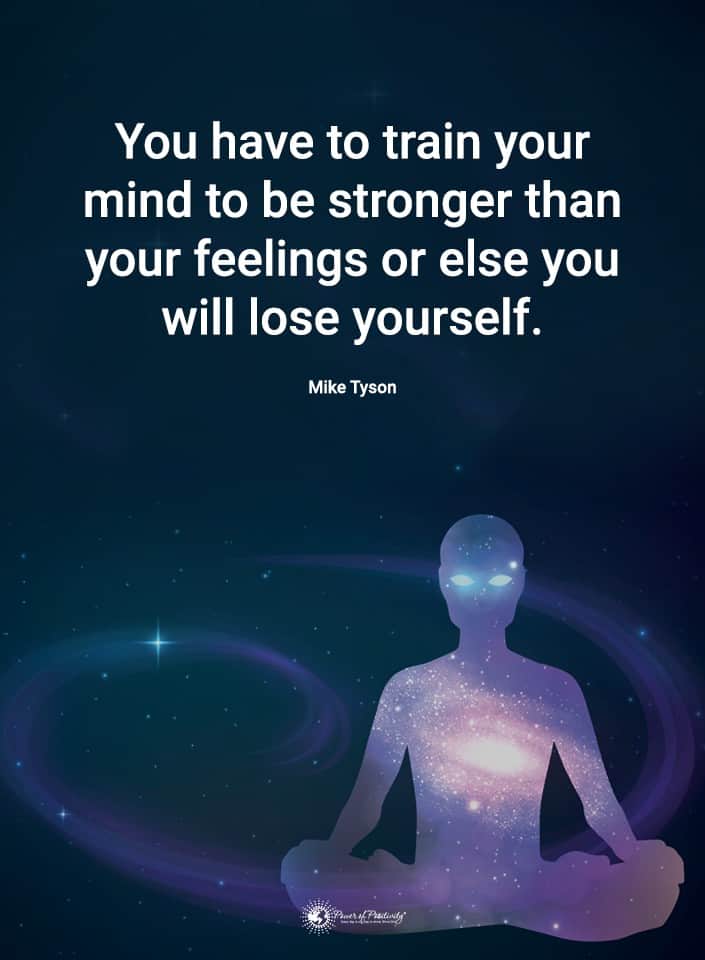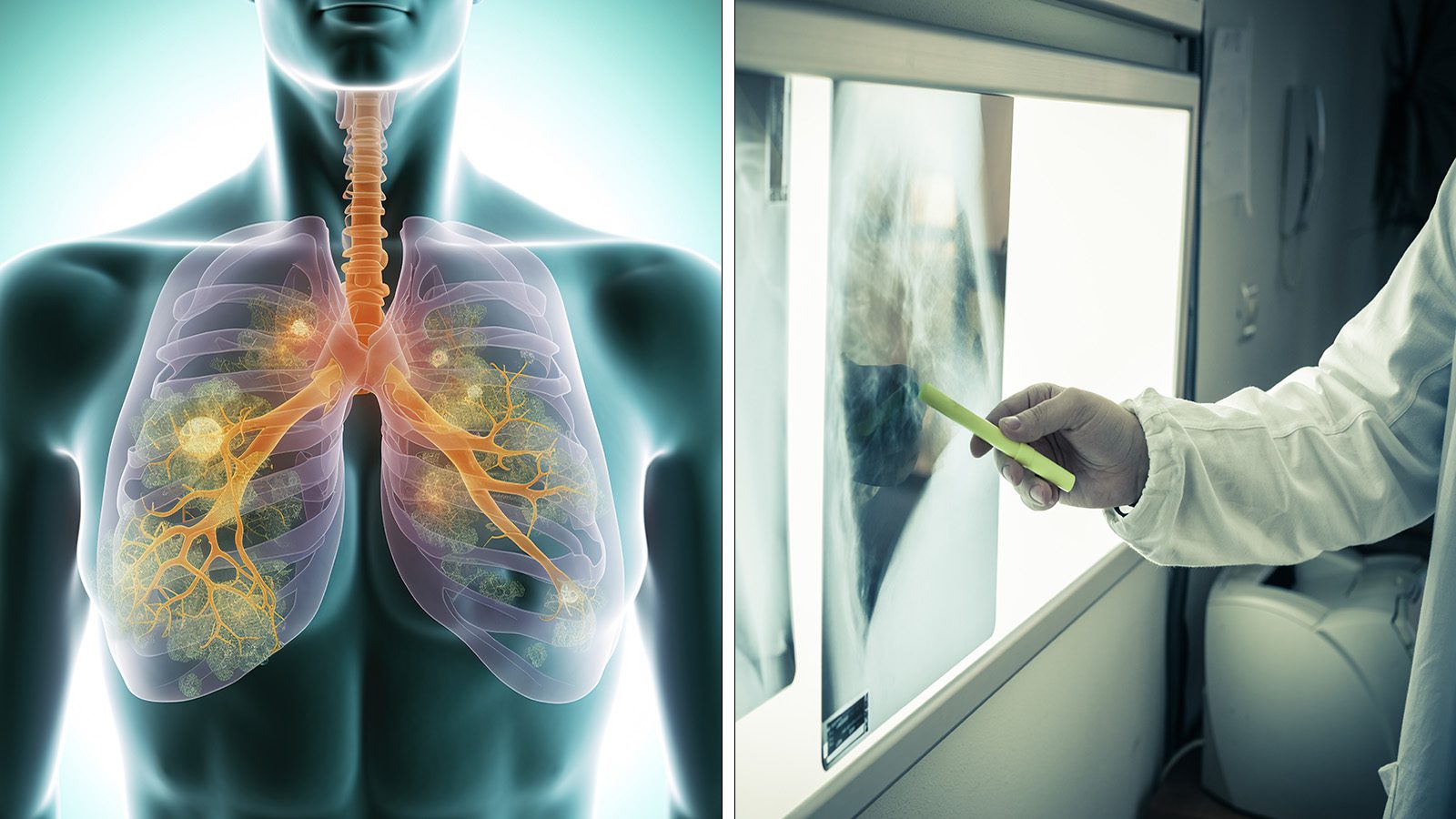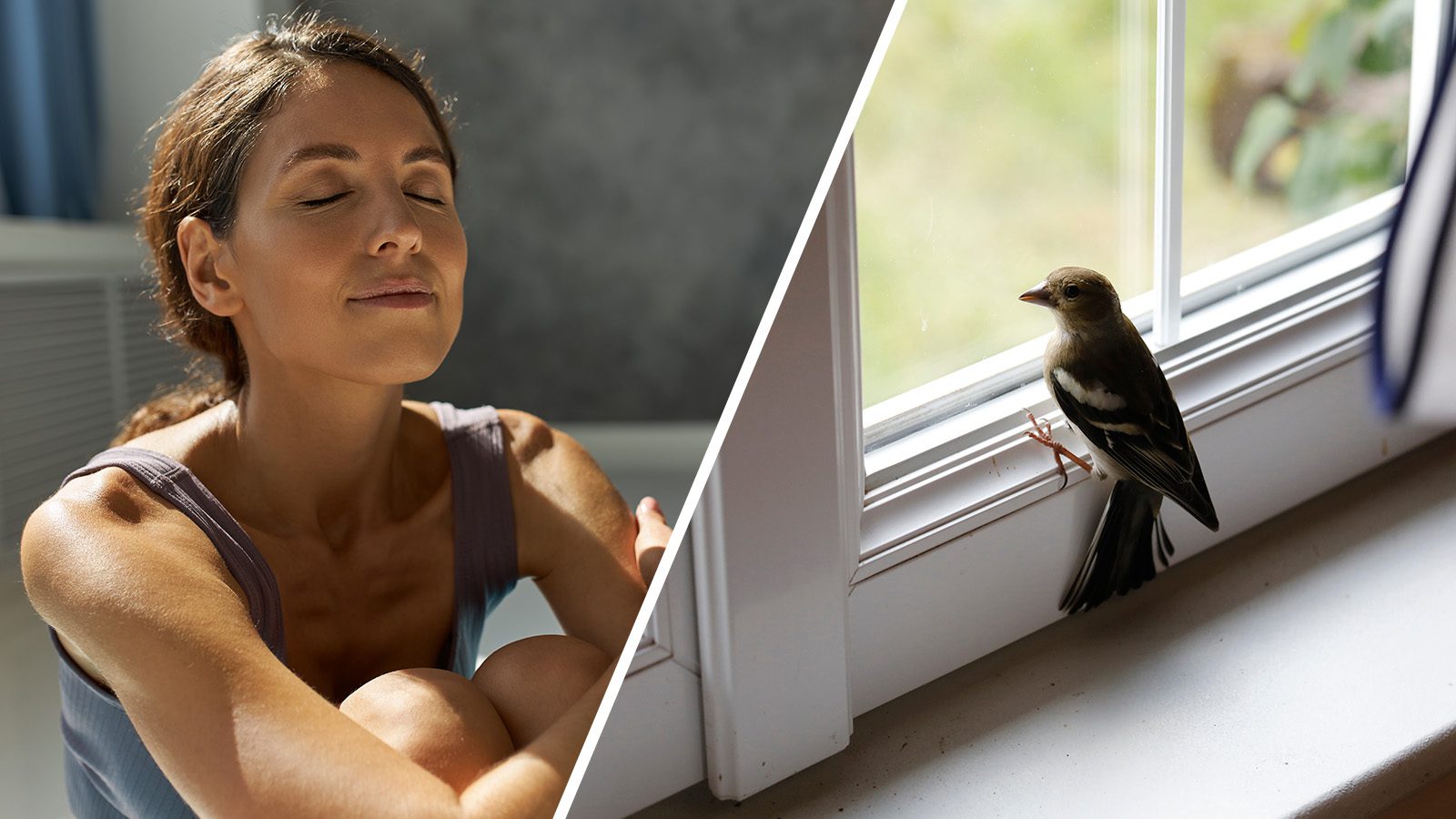First, for those who did not get the joke, “North” is “go straight,” “South” is “go straight in the other direction,” “West” is “go/turn left,” and “East” is “go/turn right.” Sorry about that. All jokes aside, getting lost can be incredibly frustrating. For those with a bad sense of direction (SOD), going the wrong way while heading somewhere occurs all too frequently. Unsurprisingly, the brain dictates who has a good or bad SOD. For those of us who fall into the latter category (raises hand), here’s some excellent news:
We can acquire an at-least-decent SOD. This article will discuss some groundbreaking brain research explaining the SOD phenomenon. We’ll also elaborate on ways that we can each improve our SOD (yes!)
Navigation & The Brain
Research scientists at the University of College London scanned the brains of 16 men and women as they played a computer game that tested their navigational abilities. Some of the experiment’s results are astounding.
Dr. Hugo Spiers, a lead researcher in the study, explains the test’s rationale: “In this test, we were looking to see which areas of the brain were active when participants were considering different directions.” Before the study, the notion that the brain possessed a type of directional “beacon” was mainly speculation.
As it turns out, we indeed have an “inner compass.” Thus, some people get lost. This cerebral compass also readjusts as we navigate through the environment and is located in the same regions of the brain that processes memory – the hippocampus and entorhinal cortex.
Some findings:
Here are some of the research findings thus far:
– “Directional cells” within the brain activate when the head is facing a certain way.
– Hippocampus cells send rapid electrical impulses when we enter a familiar environment, as the brain “tunes into” the location of certain items and locales.
– “Grid cells,” located in the entorhinal cortex, fire neuronal signals in a “GPS-like” way. Thus, it attempts to pinpoint our location at each moment.
Explaining differences that cause some to get lost more easily
Lead author, Dr. Joshua Jacobs, explains the importance of grid cells:
“Without grid cells, it is likely that humans would frequently get lost or have to navigate based only on landmarks. Grid cells are thus critical for maintaining a sense of location in an environment.”
Scientists observed that the brain scans of those who performed well in the simulation exhibited more neuronal activity within the entorhinal cortex. Thus, the researchers concluded that this part of the brain performs “calculations” when attempting to navigate; explaining that this function is more advanced in those with good navigational skills.
In practical terms, for those with a bad SOD, this region of the brain “could not keep up and failed to adjust” to changes in direction.
Improving SOD (so you don’t get lost)
In uncovering the neurophysiology behind navigation, those with a subpar SOD can make changes to improve.
Dr. Spiers explains:
“The hippocampus is crucial for navigation and we use it like a ‘sat nav.’ London taxi drivers, who have to know their way around hundreds of thousands of winding streets, have the most refined and powerful innate sat navs, strengthened over years of experience.”
Our overreliance on GPS systems is also thought to worsen our SOD. The reason is quite straightforward: focusing on an external navigation tool represses the brain’s innate grid cells. In fact, in one study, older adults who habitually used GPS showed less activity and volume of grey matter in their hippocampus.
Aside from paying attention to physical markers while relying less on GPS tools, there are other pragmatic ways of improving our inner “sat nav.”
Chair of Temple University’s department of neurology at Temple University School of Medicine, Dr. S. Ausim Azizi, in an article published by WebMD, provides three ways of improving your SOD:
– Brain Training: The superior way of improving spatial memory is “to engage in activities that specifically involve both objects and coordinates.” The advent of smartphones has produced a number of brain training “apps” that may help develop the brain regions necessary to improve spatial memory, thus, SOD. Or, just carry a map around town, stumble upon a landmark, and try to pinpoint it on the map.
- Exercise: This recommendation may seem humdrum, but exercise improves blood flow to the brain. Science shows that the hippocampi of adults who engage in regular physical activity possess larger grey matter in this area.
- Consume antioxidants: As with exercise, antioxidants improves blood flow to the brain. Eating a whole food, organic diet, rich with antioxidants improves blood flow to the brain. As a result, it boosts your memory.
















